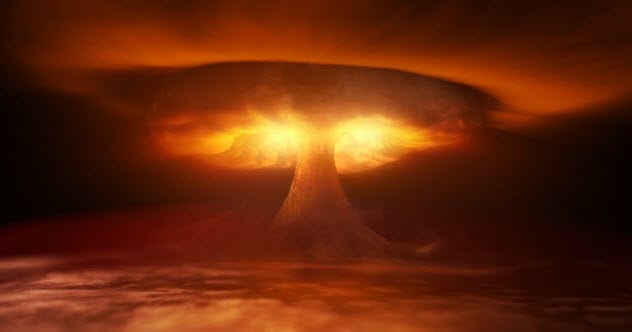In a world filled with daily headlines about the looming threat of nuclear war, it’s easy to feel overwhelmed by negativity. Leaders of powerful nations often exchange threats, making the prospect of nuclear conflict seem ever more real. While no one desires such a catastrophe, it’s worth exploring some unexpected, albeit controversial, perspectives. Could there be any positive outcomes? As improbable as it sounds, here are 10 reasons why a nuclear war might, in some ways, be good for the Earth, life, and even humanity.
1. Earth’s Resilience: The Bomb Won’t Destroy the Planet
It’s often said that nuclear weapons could decimate humankind, and that’s a frightening thought. The most powerful nuclear bombs could indeed wipe out millions in mere hours. However, the combined nuclear arsenal doesn’t pose an existential threat to our planet itself.
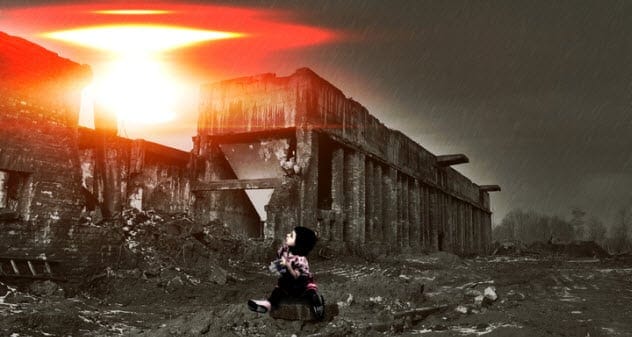
Consider the Chicxulub asteroid, which caused the extinction of the dinosaurs. It released energy equivalent to 10 billion Hiroshima-sized atomic bombs. Yet, an estimated 25% of life on Earth survived. Even if all 14,500 nuclear weapons in the world were detonated, the planet would endure. It might be scarred and changed, but it would survive.
2. Life Finds a Way: Continued Existence
Jurassic Park had it right: life finds a way. Despite catastrophic events throughout Earth’s history, life has persisted. This resilience suggests that life will continue even after a nuclear war. The key lies in the ability of certain species to withstand post-apocalyptic conditions.

Studies show that simple life forms can endure high levels of radiation without significant harm. Wasps, fruit flies, and even cockroaches have demonstrated this ability. The tardigrade, a tiny animal, possesses a unique genetic mechanism that allows it to survive lethal radiation doses. While insects might dominate the post-nuclear landscape, their resilience could help the ecosystem heal over millennia.
3. Radiation’s Limited Duration
Radiation is a major concern following a nuclear explosion, causing deterioration in living organisms. However, the duration of radioactive contamination is limited. The initial burst of radiation dissipates quickly, leaving behind a smaller amount of longer-lasting radioactive elements.
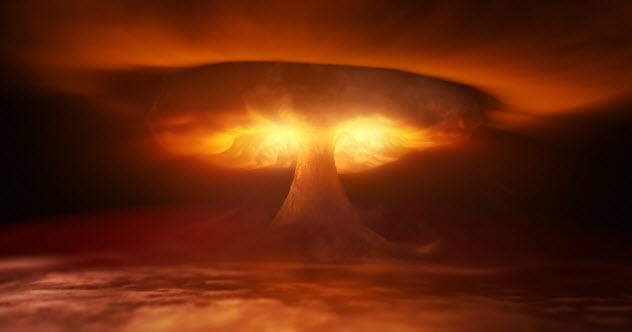
The extent of the danger depends on the circumstances of the explosion. If detonated at a high altitude, radioactive material disperses, reducing its impact. Consider Hiroshima and Nagasaki: decades later, people live in those areas without major complications. While ground zero of a surface-level detonation would remain uninhabitable for years, life could still persist even in such places.
4. Adapting to Survive: Enhanced Species
Charles Darwin’s theory of natural selection highlights how species adapt to environmental changes over time, potentially leading to improvements at the genetic level. This adaptation can occur surprisingly quickly. The aftermath of the Chernobyl disaster provides a compelling example.
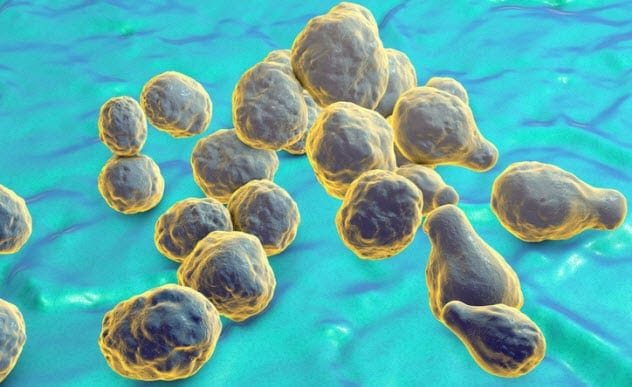
Scientists discovered a type of fungus inside the facility that thrives by feeding on massive radiation. Similarly, bacteria at a UK industrial site adapted to neutralize radioactive waste in just a few decades. These examples suggest that new creatures could emerge and adapt to the harsh post-nuclear war environment relatively quickly, potentially even cleaning up toxic elements.
5. Quake Prevention: Nuclear Explosions and Tectonic Stress
Earthquakes, caused by the violent sliding of tectonic plates, can result in immense destruction and loss of life. Nuclear explosions might offer a way to mitigate the force of these earthquakes and prevent larger cataclysms.
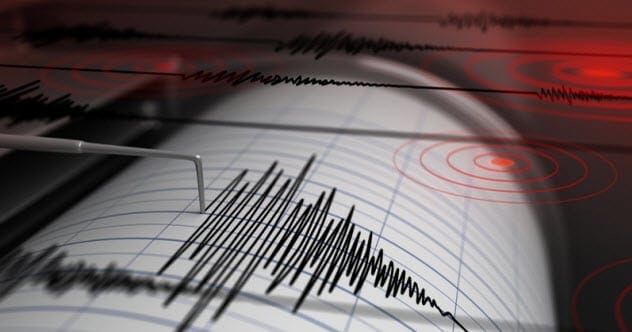
A 2017 nuclear test in North Korea triggered a magnitude 6.3 earthquake, along with aftershocks. The explosion released stored pressure within the Earth’s crust. If nuclear detonations occurred on active fault lines during a war, the pressure from the plates could be released in the form of smaller tremors, increasing the overall stability of Earth’s geology.
6. Ozone Revival: Improving the Ozone Layer
The ozone layer is vital for preserving life on Earth by protecting it from harmful UV radiation. Nuclear explosions release nitric oxide, which initially depletes atmospheric ozone. However, this is only temporary.
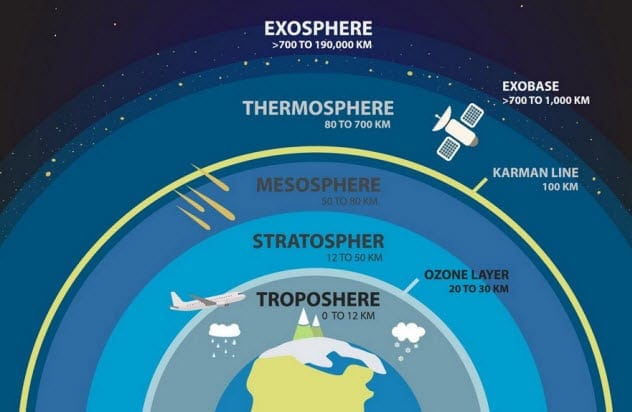
At lower altitudes, nitric oxide reacts with hydrocarbons to form ozone in large quantities. Nuclear explosions release vast amounts of chemicals needed for ozone formation, which then rise with the mushroom clouds. This process can lead to an increase in tropospheric ozone, protecting surface life from radiation and potentially reducing global temperatures.
7. Eco-Friendly Lightning: Nuclear Lightning
Human activities have introduced toxic chlorofluorocarbons (CFCs) into the atmosphere, contributing to ozone layer destruction and environmental pollution. Thunderstorms have been shown to reduce these toxic gases.
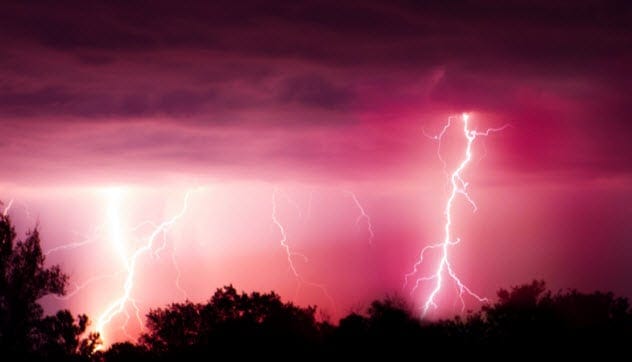
Lightning bolts can decompose CFCs at the molecular level. Nuclear explosions generate significant lightning due to the ionization of air from pressure and heat. While the percentage of greenhouse gases reduced by this lightning would be minimal, it’s still a positive environmental impact.
8. A Fresh Start: Humankind’s Second Chance
Nuclear war wouldn’t mean the complete end of humankind. Nuclear weapons often concentrate their destructive power in limited areas, and even within those areas, survival is possible.

Important cities would be primary targets, but many smaller inhabited areas would likely have survivors. As Albert Einstein famously said, the fourth world war would be fought with sticks and stones. A nuclear war could serve as a population control measure and a turning point for human history, allowing the surviving population to learn from past mistakes and build a better future.
9. Alchemy: Creation of New Elements
While 118 elements are known, many are not naturally occurring. Transuranic elements are created in nuclear reactions, and nuclear explosions can generate traces of these elements, some of which have practical applications.

For example, Californium is used in metal detectors and cancer treatment, while Americium is used in smoke detectors and could potentially be used as space fuel. A nuclear war could create large quantities of these rare elements, which surviving humans could use to accelerate technological progress and recover from the war’s devastation.
10. Extinction’s Silver Lining: Evolution’s Catalyst
Mass extinction events have occurred throughout Earth’s history, leading to the evolution of more complex life forms. These events are a natural part of our planet’s biological cycle.
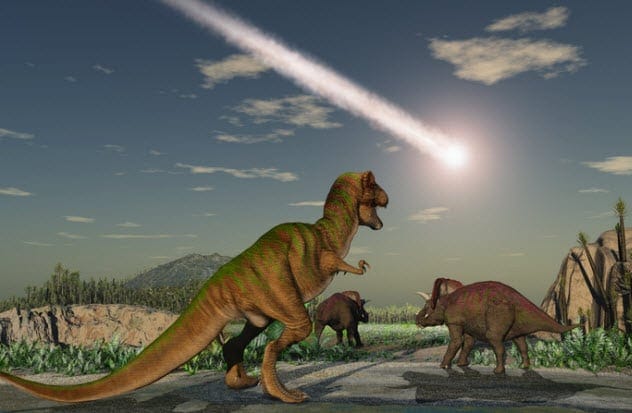
After each extinction, surviving creatures evolve into more complex life-forms, resulting in unprecedented biodiversity. A nuclear war could be seen as anticipating the next inevitable extinction event, paving the way for the rise of new and diverse life forms on Earth.
What do you think about these potential benefits? Leave your comment below!


